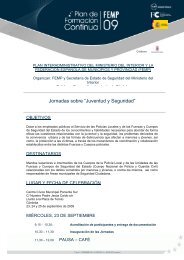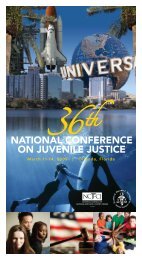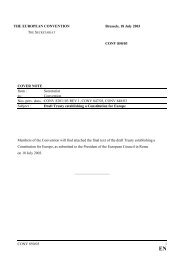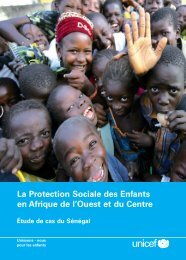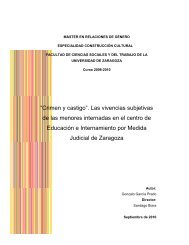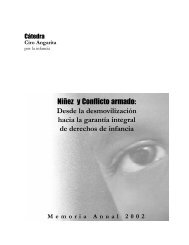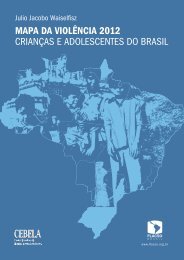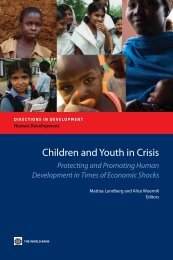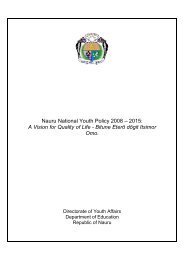Hosted by www.ijjo.org
Hosted by www.ijjo.org
Hosted by www.ijjo.org
Create successful ePaper yourself
Turn your PDF publications into a flip-book with our unique Google optimized e-Paper software.
Chapter 1 | Introduction<br />
The U.K. has yet to follow the guidance provided<br />
<strong>by</strong> the Committee on the Rights of the Child in<br />
its General Comment No. 6 (2005). This states:<br />
indicate that a greater percentage of unaccompanied<br />
or separated children than adults arrive from certain<br />
countries of origin. These data should prompt analysis<br />
and have an impact on policy. The Immigration<br />
and Nationality Directorate’s own Country Information<br />
and Policy Unit should ask why more children<br />
than adults are fleeing from particular countries, <strong>by</strong><br />
expanding its sources of information to include such<br />
bodies as the Committee on the Rights of the Child,<br />
Anti-Slavery International, and UNICEF. Instead its<br />
information deficit failure leads decision makers to<br />
be unaware of practices or events which are the basis<br />
for the fear being expressed <strong>by</strong> many unaccompanied<br />
or separated child asylum seekers.<br />
In addition to these evidentiary problems, our<br />
research revealed a fundamental legal issue:<br />
many immigration officers and case workers<br />
simply did not accept that child trafficking or<br />
the forcible recruitment of child soldiers can<br />
give rise to a right to international protection<br />
under the Refugee Convention.<br />
When assessing refugee claims of unaccompanied or<br />
separated children, States shall take into account the<br />
development of, and formative relationships between<br />
international human rights and refugee law.... In<br />
particular, the refugee definition of the 1951 Refugee<br />
Convention must be interpreted in an age and gendersensitive<br />
manner, taking into account the particular<br />
motives for, and forms and manifestations of, persecution<br />
experienced <strong>by</strong> children. Persecution of kin; under-age<br />
recruitment; trafficking of children for prostitution;<br />
and sexual exploitation or subjection to female genital<br />
mutilation, are some of the child-specific forms and<br />
manifestations of persecution which may justify the<br />
granting of refugee status if such acts are related to<br />
one of the 1951 Refugee Convention grounds.<br />
The U.K. authorities’ failure to create and develop<br />
an appropriate legal framework may be attributable<br />
to two factors. The first is the “culture of disbelief”<br />
shared <strong>by</strong> all levels of decision makers in relation to<br />
asylum seekers, particularly — it would appear —<br />
unaccompanied or separated children who apply<br />
for asylum. The second is the Government’s characterization<br />
of asylum seekers as a “problem” to be<br />
dealt with <strong>by</strong> seeking ways to minimize the flow of<br />
applicants rather than as a group of particularly<br />
vulnerable migrants.<br />
The “culture of disbelief” has a number of different<br />
facets, some of which are interlinked. There<br />
is firstly a widely held assumption that children are<br />
appendages of adults who do not attract persecution<br />
in their own right. An unaccompanied or separated<br />
child who applies for asylum is thus presumed to<br />
have done so at the instigation of an adult, to gain<br />
preferment rather than because of a real need for<br />
protection. Our research revealed that decision mak-<br />
<strong>Hosted</strong> <strong>by</strong> <strong>www</strong>.<strong>ijjo</strong>.<strong>org</strong><br />
11



